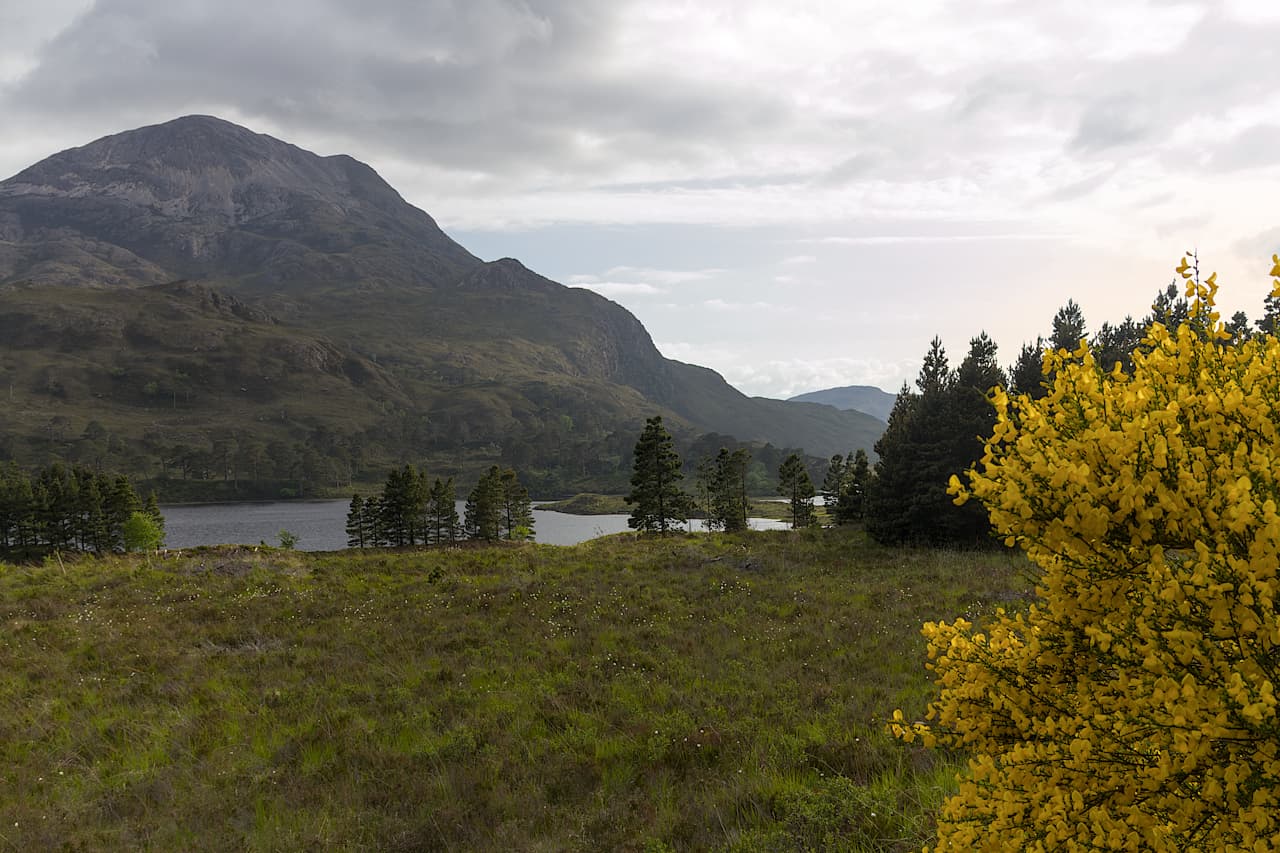

This workflow delivers better results even with external plug-ins that require you to export file as TIFF, such as NIK Collection for example. It will render better results this way as RAW files have much more information and values are unclamped. Adobe Lightroom, Capture One) including plug-in adjustments before bringing it as TIFF into Photoshop. Next, perform as many of your adjustments as possible in the RAW file in a raw converter (etc. Following these recommendations alone will ensure you’ll hardly ever encounter color banding again. And for the cases when there’s too much dynamic contrast in the scene, bracket your shots, so that during the post-processing you can use additional exposures to suit your creative vision, instead of pushing the highlight or shadow sliders to 100% values. Obviously, the best thing to do is shoot uncompressed RAW and nail the exposure.

And this means getting as much as you can “right” during your photography. The first and the most important step in making sure you won’t face this banding issue is to not push values too much during post-processing. But you need to push things that far to get the desired result, otherwise you wouldn’t have been doing it in the first place, right? So, the next step is to see how this could’ve been avoided and how you can get the most out of your file. So, every time you see banding happening, you know you have pushed too far. Basically, when this happens it means you are hitting the boundaries of your file. This issue is called “ color banding” and it happens when values within a gradient get pushed so much that there is no color/value in the file to actually represent the mathematical change you’ve applied with a tool in Photoshop.


 0 kommentar(er)
0 kommentar(er)
